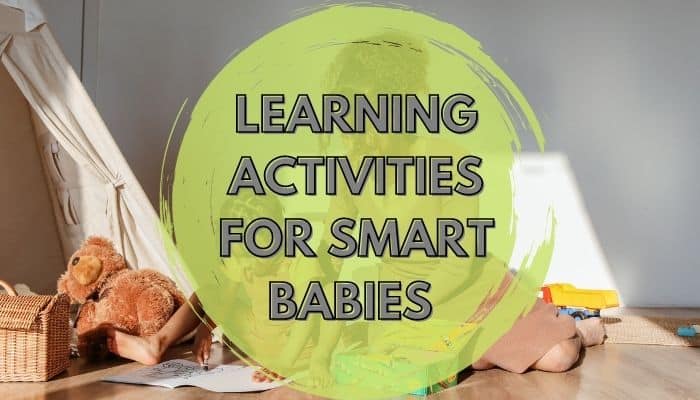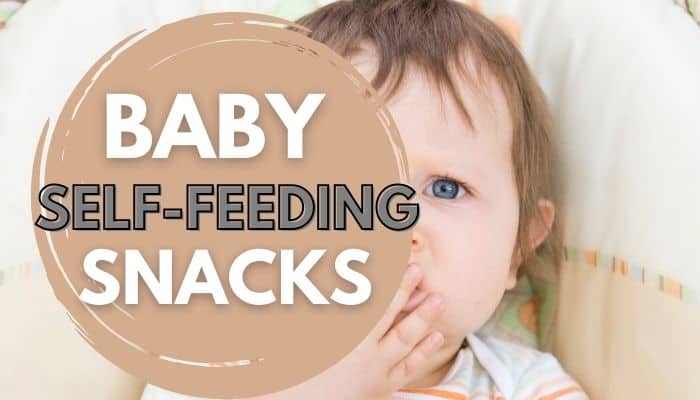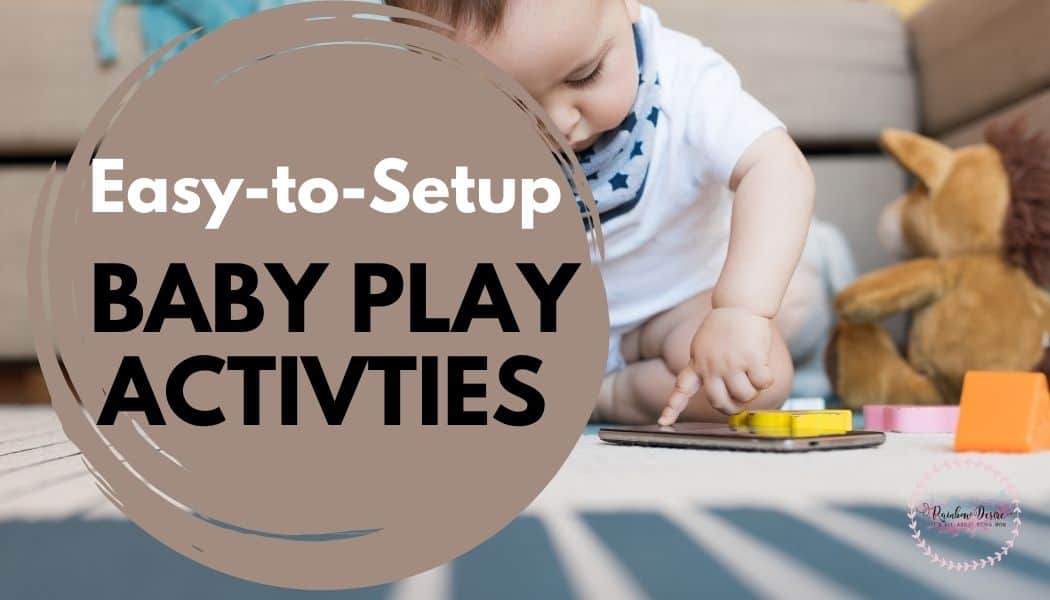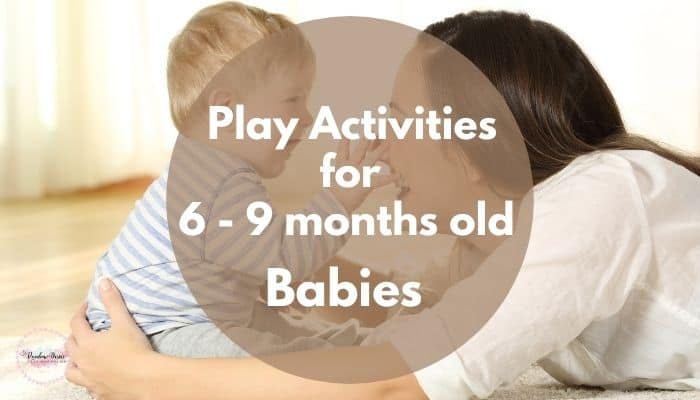Ready to Help Them Learn? Top Educational Activities for Babies
Brain development in infants happens whenever the baby is awake. They’re constantly checking out the world around them, touching things to see what they feel like, and putting things in their mouth to get an idea of how things taste. As babies grow, there are tons of activities to do with them that will help … Read more










